Keeping on top of household chores can feel overwhelming, so more and more households are turning to smart home devices to make life easier. A vacuum robot may once have been seen as a luxury, but today’s models are smarter, stronger, and more affordable, making them a practical choice for everyday cleaning. In this guide, we’ll walk you through everything you need to know about robot vacuum cleaners, and help you find the perfect fit for your lifestyle.
Are robot vacuums worth it?
Robot vacuums are designed to save time and effort, but like any household device, they have strengths and limitations. Here’s a balanced look at the pros and cons to help you decide if one is right for your home.
Pros
- Time-saving: A robot vacuum cleans automatically on set schedules, freeing you up to focus on other tasks. They’re particularly helpful for busy households with children or/and pets, keeping floors clear of crumbs, dust, and everyday mess with minimal effort.
- Consistent cleaning: With programmed routines and smart navigation, they can run daily to keep dust and dirt from building up.
- Compact design: Slim profiles help them glide under furniture where traditional vacuums struggle to reach.
- Smart Features: Many models integrate with smart home systems, offer custom cleaning modes, virtual boundaries, remote scheduling from your phone, even when you’re not at home.
- Hands-free convenience: Most robot vacuums return to their docks automatically to recharge, and advanced models can empty dustbins themselves.
- Dual Functionality: Some robots combine vacuuming and mopping, tackling both dirt and spills more efficiently.
Cons
- Higher upfront cost: Robot vacuums can be more expensive than traditional vacuums, especially advanced models.
- Weaker suction power than traditional vacuum: While suction is improving, robot vacuums are not yet a full replacement for manual vacuuming; they sometimes struggle with thick carpets, corners and edges.
- Maintenance needs: Brushes and rollers can clog with hair, and smaller dustbins (without an auto-empty dock) require more frequent emptying.
- Limited to floor cleaning: They can't clean stairs, upholstery, or above-floor surfaces like cabinets or shelves.
- Navigation limits: Lower-end models may get stuck on obstacles or miss certain areas.
How do robot vacuums work?
Robot vacuum cleaners use a mix of sensors, advanced navigation systems, and suction power to clean floors without human intervention. When switched on, they follow programmed routes across your home, detecting dust, crumbs, and debris along the way. Advanced models use laser or camera-based mapping to scan each room, ensuring no areas are left behind.
Most vacuum robots run for 90 to 150 minutes on a single charge before automatically returning to their dock. Depending on the model, they either recharge themselves or also empty dust into a larger bagless or bagged container. Through mobile apps, you can select zones to clean, create no-go areas, or schedule regular cleans.
For maintenance, bins typically need emptying every few days unless paired with an auto-empty dock, while filters and brushes should be cleaned every few weeks. The result is a system that keeps your floors consistently clean with very little manual effort.
How to choose a robot vacuum
When comparing vacuum robots, a few core features can make a big difference in performance. Here are the key factors to consider.
Suction power
The suction power determines how well a robot vacuum picks up dust, crumbs, and pet hair. It’s measured in Pascals (Pa), with higher numbers indicating stronger cleaning performance. For most hard floors, a suction power of around 2,000–3,000Pa is sufficient, while carpets, especially thick or plush ones, or homes with pets often require 4,000–10,000Pa. Choosing the right level of suction ensures your robot vacuum can handle your floors effectively without missing debris or getting stuck on high-pile carpets.
Navigation and mapping
How a vacuum robot navigates your home can make a big difference in cleaning efficiency. Higher-end models use LiDAR (Light Detection and Ranging) or camera-based navigation, creating detailed maps of your rooms to plan the most efficient routes and remember multiple floors or zones. This technology is ideal for homes with furniture, clutter, or complex layouts. Budget models often rely on random navigation, moving in less predictable patterns and sometimes missing spots, which works best in tidier homes with open floor space. Choosing a robot vacuum with reliable navigation ensures thorough, consistent cleaning with minimal supervision.
Obstacle avoidance
Obstacle avoidance is crucial for preventing your vacuum robot from getting stuck or damaging furniture. Advanced models detect objects such as chairs, toys, or rugs and adjust their path in real time, reducing interruptions and improving cleaning efficiency. Some vacuums even slow down near fragile items or avoid tangling on cords. Basic models may bump into obstacles more frequently or require manual intervention. Selecting a vacuum with smart obstacle avoidance helps maintain smooth, uninterrupted cleaning while protecting your home and the device itself.
Mopping Capability
Some robot vacuums go beyond suction and include a built-in mopping function. These models use water tanks and mop pads to wipe floors as they clean, and a few even allow the use of mild detergents for tackling light spills or fine dust. While they can’t fully replace a traditional mop and bucket for deep cleaning, they’re excellent for day-to-day maintenance. If you have tiled, laminate, or wooden floors, a vacuum robot with a mopping function can help keep them looking fresh with minimal effort.
Station types
Docking stations vary from simple charging docks to advanced stations that recharge, empty dust, and refill water tanks. If you’d prefer maximum convenience, an auto-empty dock is worth the investment. For smaller homes, a basic charging dock may be enough.
Type of roller brush
The roller brush design impacts how well the vacuum lifts dirt. Rubber brushes are great for pet hair as they’re less likely to tangle, while bristle brushes work well on fine dust but require more maintenance. Some models use a combination for versatile cleaning.
Tapo’s vacuum robot range
Tapo’s vacuum robots are designed to make smart cleaning reliable, efficient, and affordable. With powerful suction ranging from 5,300Pa to an industry-leading 15,000Pa, intelligent navigation, and user-friendly apps, Tapo models deliver the right balance of performance and value, all without the premium price tag of many competitors.
- Strong Suction Power: The RV30 Max Plus, RV20 Max Plus, and RV30 Max provide ultra-powerful 5,300Pa of suction, handling dust and debris across both carpets and hard floors. For homes with pets or thicker carpets, the upcoming RV50 Pro Omni offers an impressive 15,000Pa for intensive cleaning and stubborn pet hair.
- Advanced Navigation: Tapo vacuums utilise LiDAR and IMU (Inertial Measurement Unit) dual navigation, enabling precise mapping and obstacle avoidance, creating thorough cleaning paths without missing spots.
- Smart Features: The Tapo Smart Cleaning system allows users to view 3D maps, segment rooms, set no-go zones, customise cleaning schedules, and control via a smartphone app or voice assistants like Alexa and Google Assistant.
- Hands-Free Convenience: Many of our models come with a self-emptying dock that holds dust for up to 2 months, minimising maintenance.
- Mopping Capability: Tapo’s vacuums go beyond vacuuming with mopping functions. The RV20 Max Plus and RV30 Max Plus support combined vacuum-and-mop cleaning, while the All-in-one RV50 Pro Omni (launching soon) adds an extendable robotic arm for more thorough edge cleaning, and auto-mop removal for carpets, allowing seamless transitions without manual swaps.
- Long Battery Life: With runtimes of up to 180 minutes, our models can handle large homes in one go, while climbing thresholds of up to 0.87 inches for smooth room-to-room cleaning.
Conclusion
Robot vacuums have transformed from niche gadgets into must-have smart home devices. With powerful suction, smart navigation, and docking stations that take care of charging and emptying, they provide hands-free cleaning that fits seamlessly into modern life.
When choosing the right model, consider factors like suction power, mapping technology, obstacle detection, and station type. If you’re looking for a balance of cost, performance, and reliability, Tapo’s vacuum robots are an excellent choice for any household.
They also make fantastic smart home gifts, helping loved ones enjoy a cleaner home with less effort. For more inspiration, take a look at the best smart home gifts for Mother’s Day.

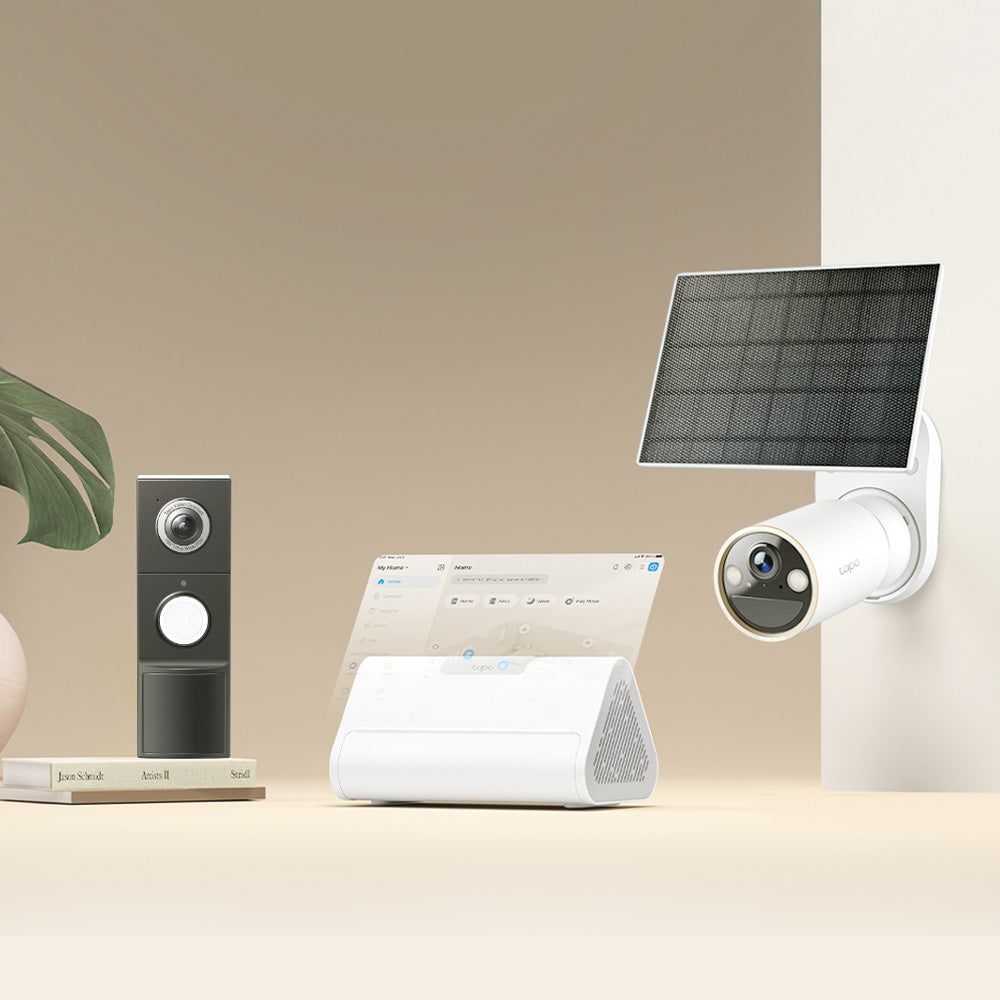
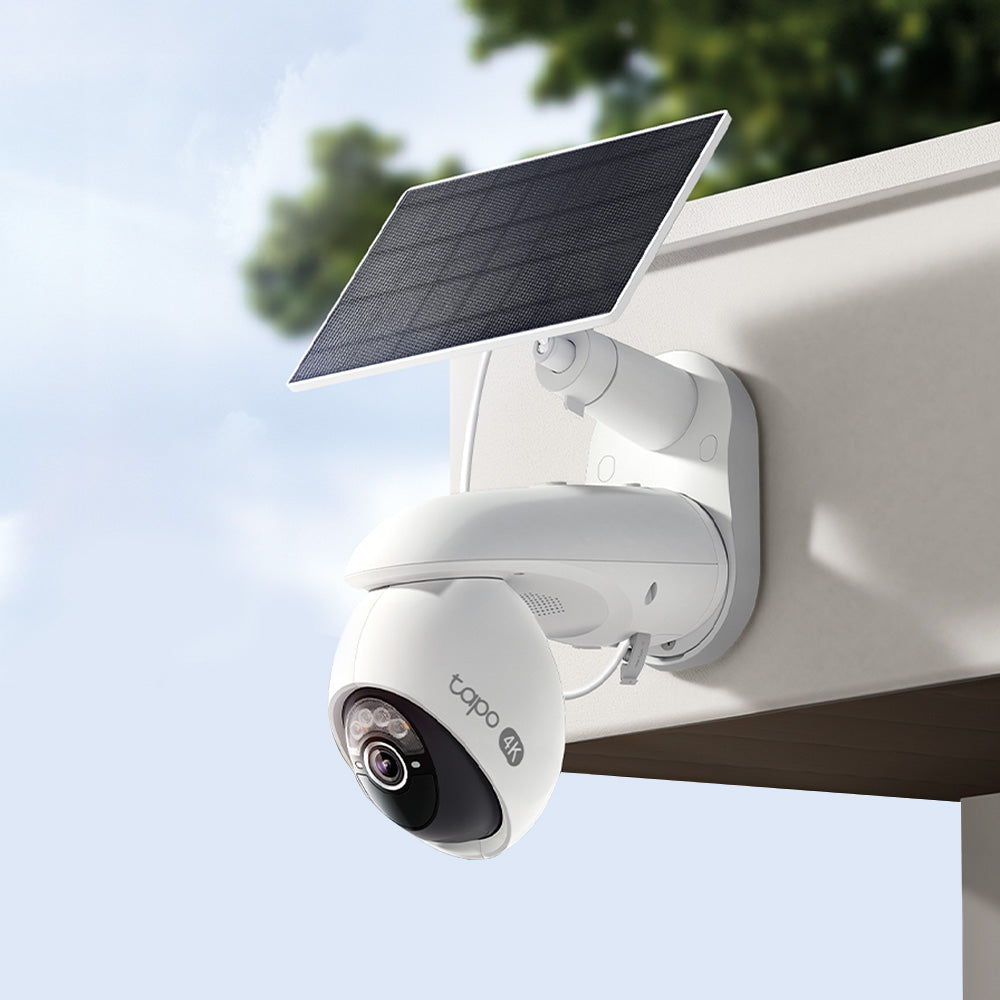
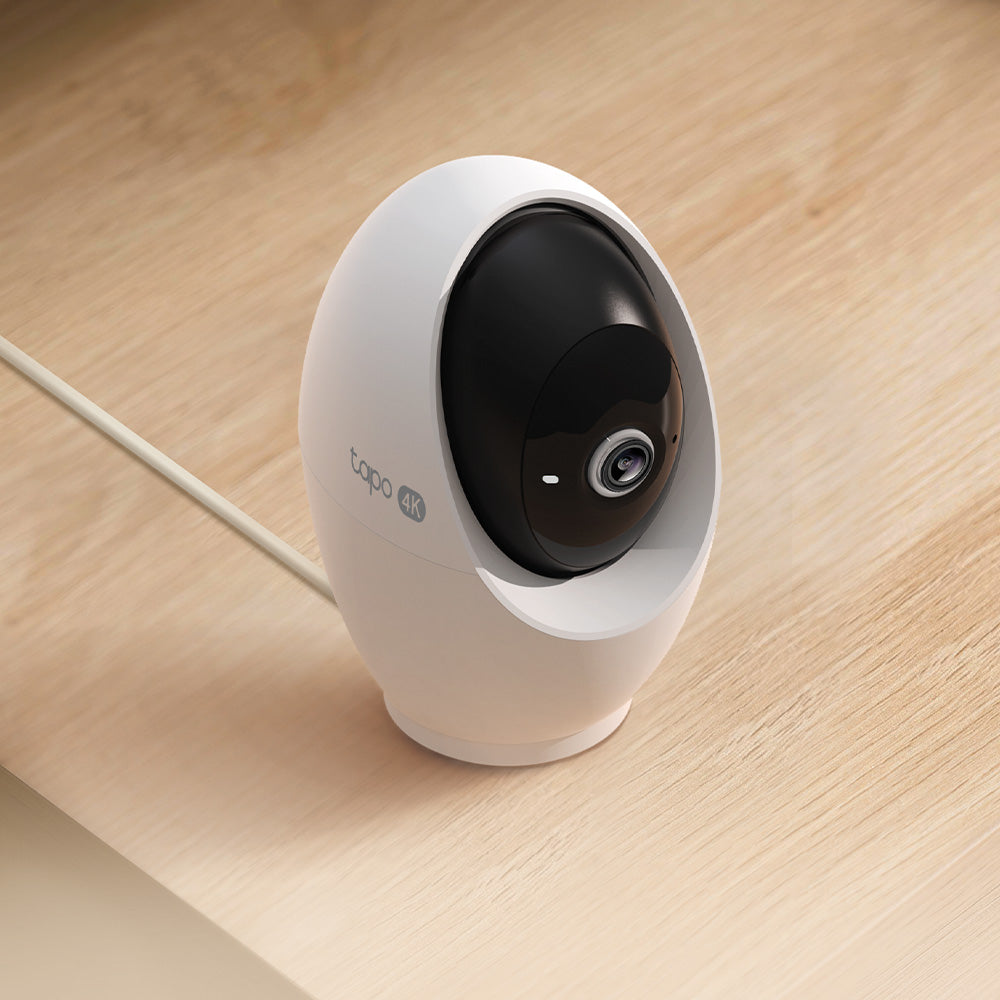

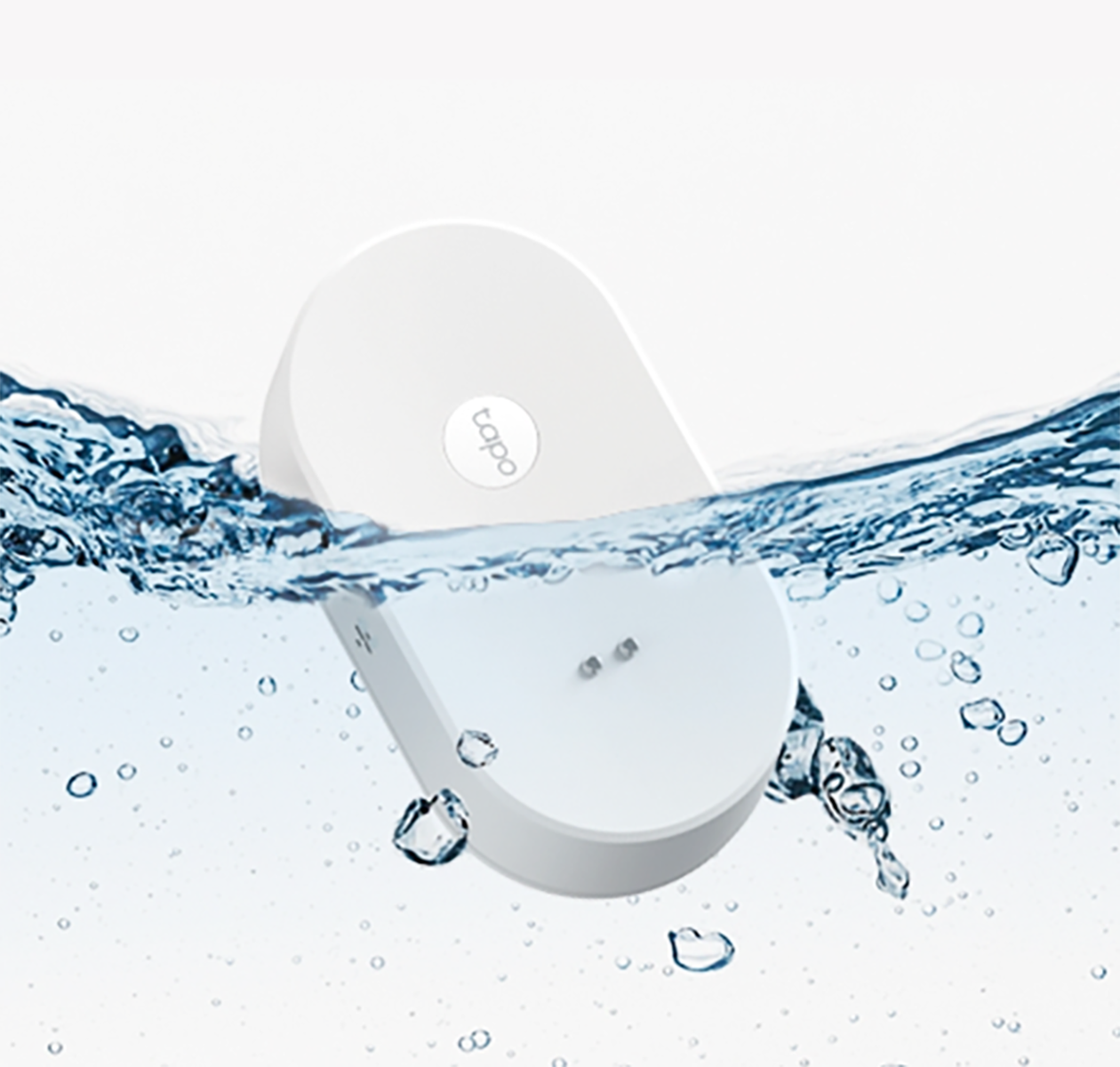
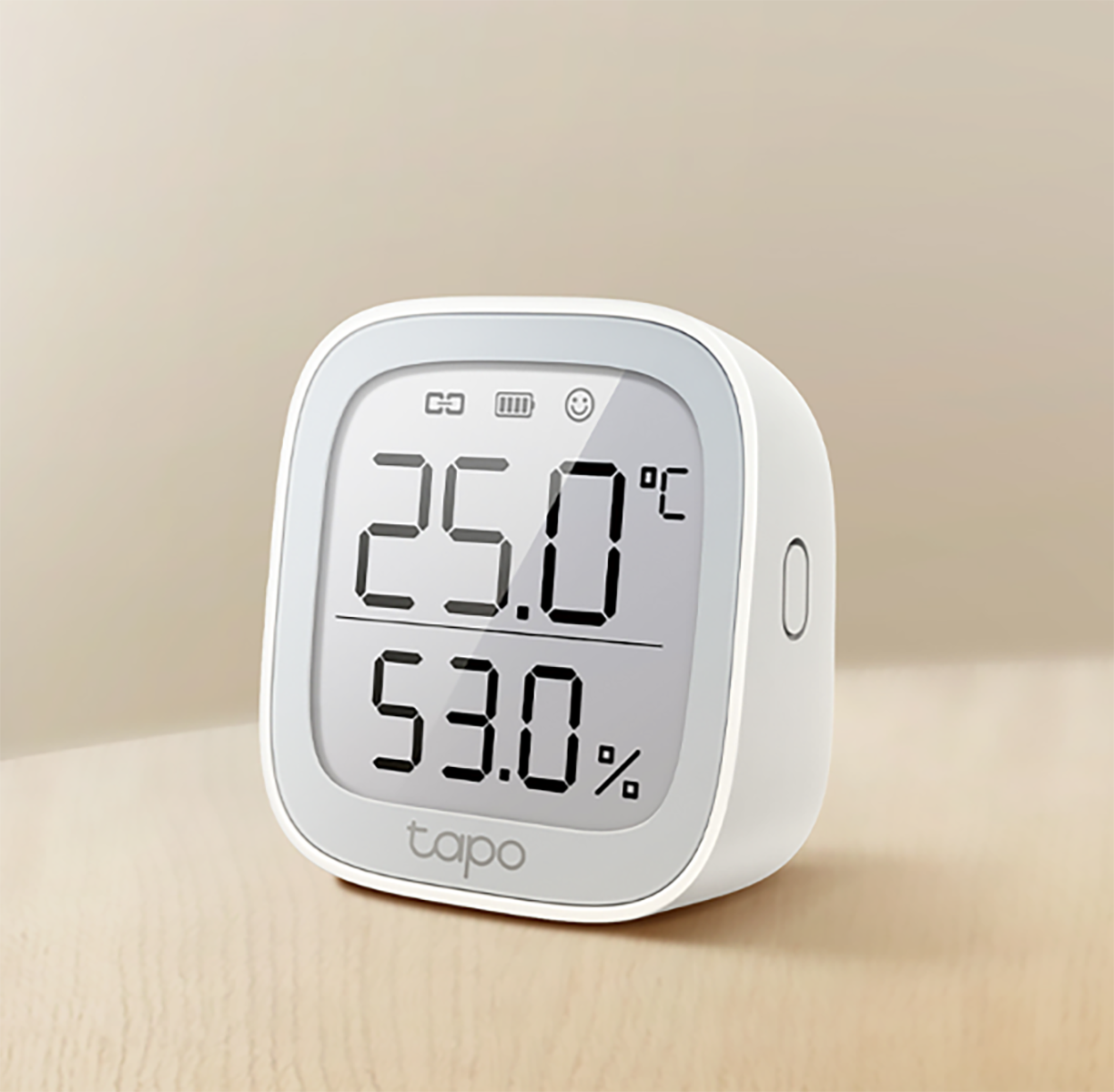



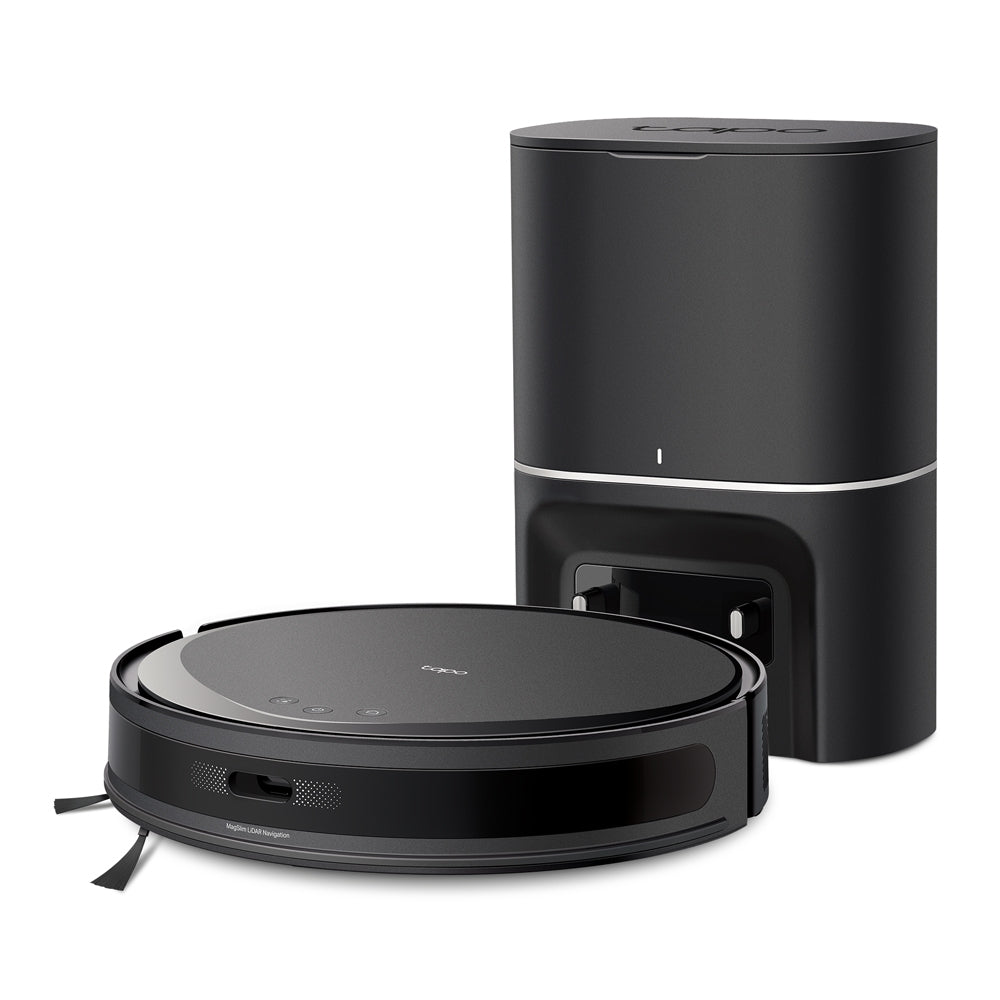
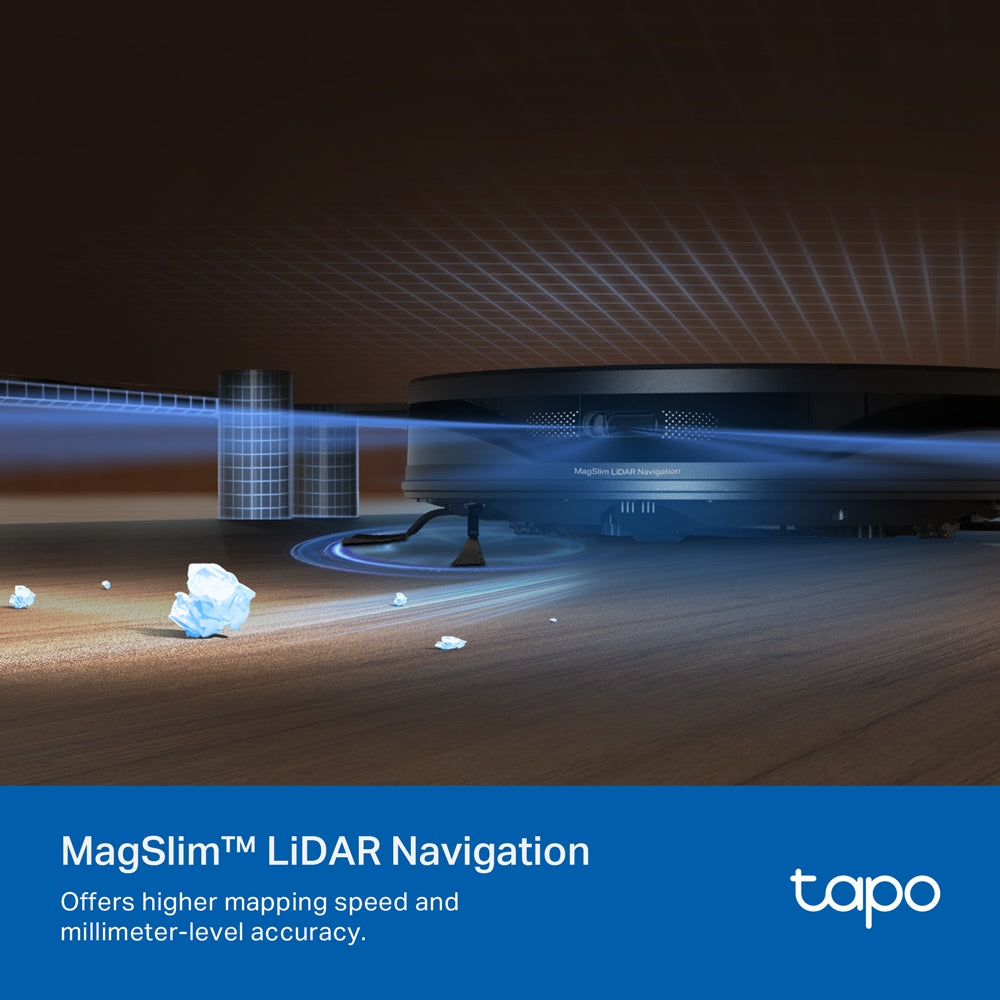
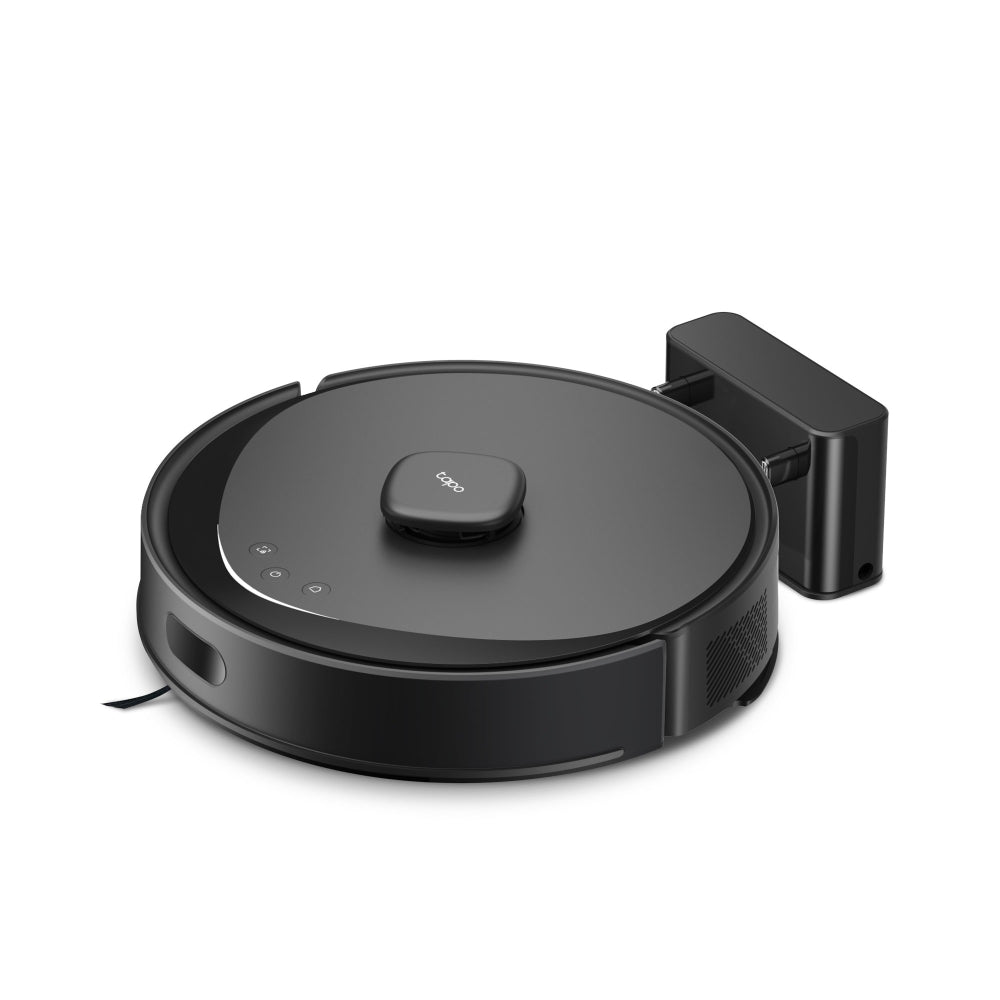
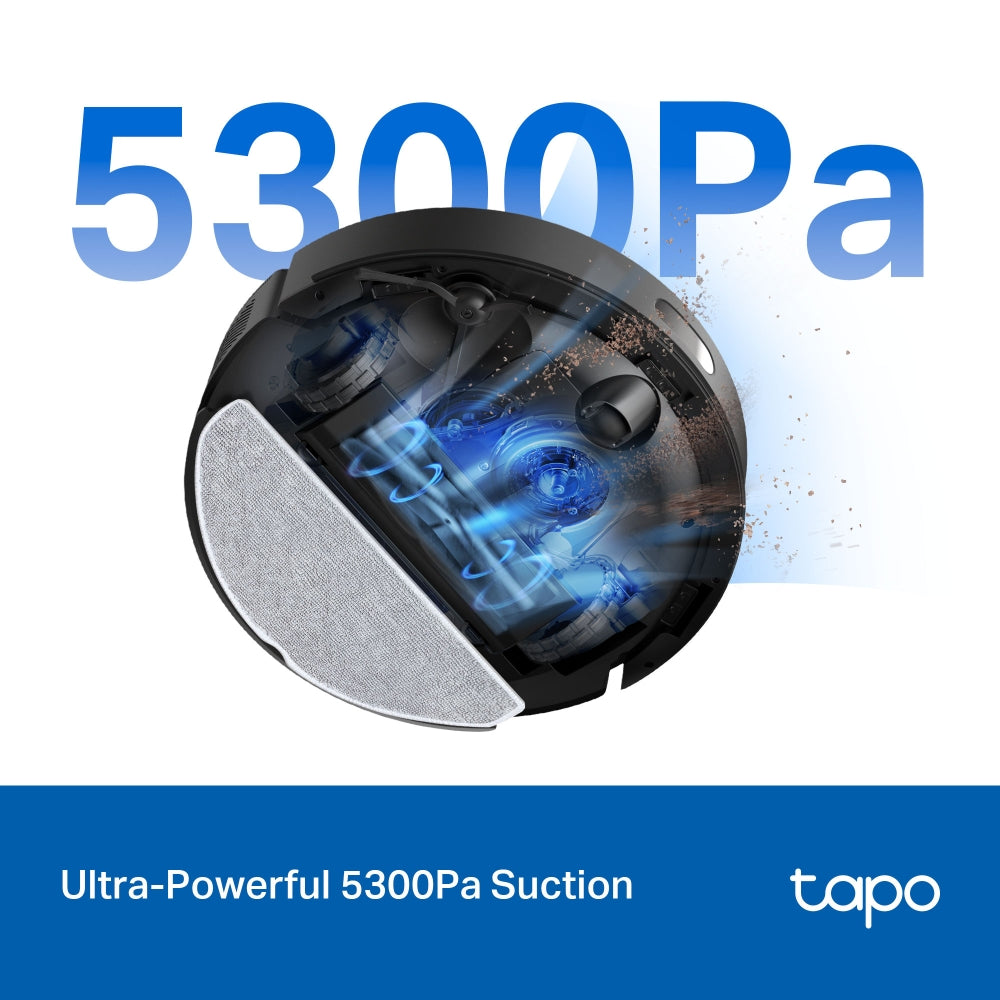

Leave a comment
All comments are moderated before being published.
This site is protected by hCaptcha and the hCaptcha Privacy Policy and Terms of Service apply.